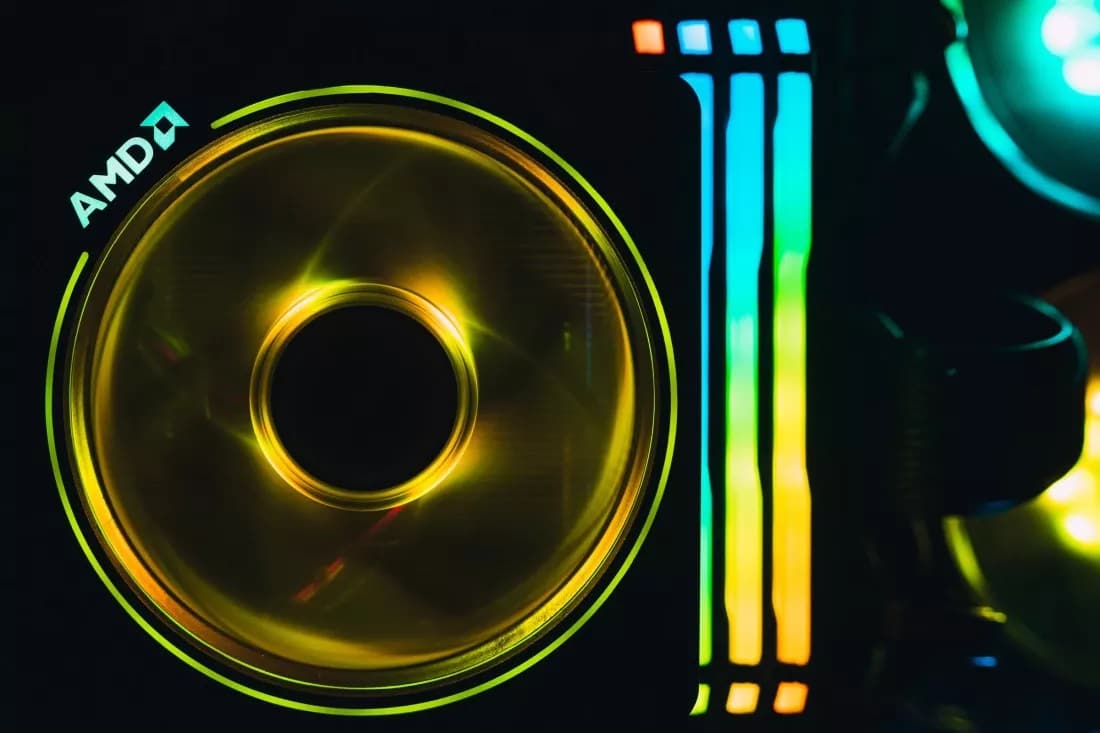AMD filed a patent for an automatic RAM overclocking tool. The tool would give users the ability to customize and test overclocked memory settings with the push of a button, without the need for headaches.
Memory overclocking is not a new practice in the PC community. For years, enthusiasts have tried to improve the performance of their PCs, and overclocking memory is one of those ways. Tuning RAM can have big performance benefits, but it requires understanding a wide variety of configurations, voltages, and frequencies. All this is usually accompanied by long periods where stability is tested.
With Intel’s XMP technology, the average user has the ability to overclock RAM.
With Intel’s XMP technology, the average user has the ability to overclock modules by changing the BIOS settings to a pre-configured profile designed to work with various hardware configurations. But even this preconfigured overclock is not guaranteed and may require the user to tweak other settings to achieve system stability. AMD’s new memory overclocking technology appears to automate the process of testing and tuning parameters to ensure profile stability.
According to the patent, the new technology would alter the frequency and latencies of the RAM so that it works well on the hardware being used, then test and adjust settings to ensure stability. Automated stability tests include error correction (ECC) and other tests designed to detect bit errors. Once the tests are complete, the tool generates the new profile for the RAM.
Tweaking RAM can have big performance benefits
“On some occasions, one or more memory timing adjustments include one or more of: a Column Access Strobe (CAS) latency, a Row Address Strobe (RAS) to Column Access Strobe (CAS) (Write), a Row Address Strobe (RAS) to Column Access Strobe (CAS) (Read), a Row Preload Time, and/or a Row Active Time. Sometimes, the steps further include: determining one or more sub-timing settings based on the overclocked memory frequency setting and/or the one or more overclocked memory timing settings; and wherein the generation of the profile includes the generation of the profile including the one or more sub-timing settings.
One or more throttling settings are based on one or more rules applied to the overclocked memory frequency setting and/or the one or more memory timing settings. Sometimes the steps also include storing the profile in a storage location. Sometimes the steps also include: loading the profile from the storage location; and apply the profile to the memory module”, can be read in the patent provided by AMD.
Automated tools are sometimes rejected by users, as manual configurations usually produce better performance results. However, these results require a level of knowledge, time and effort that many are not willing to invest.















